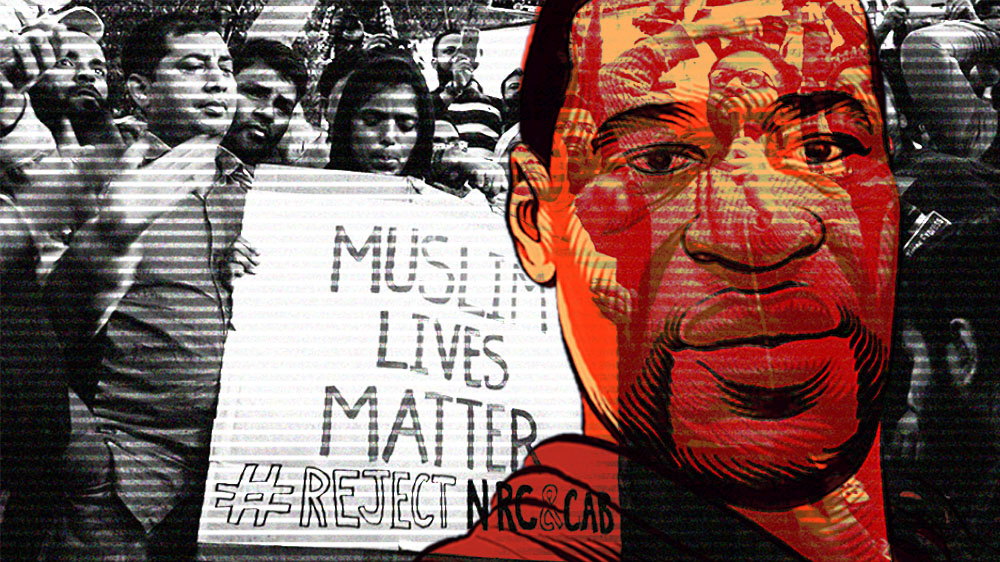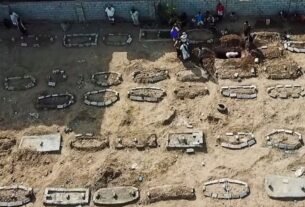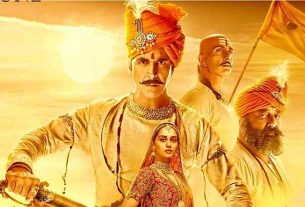Fri 12 June 2020:
The killing of unarmed black citizens by the police and the disproportionate impact of the coronavirus on black communities have underscored that America extracts the labour of black bodies even as it devalues black lives.
There are parallels with India: the police viciously beating down already oppressed populations and their allies; the police’s failure to respect constitutional and legal rights; and a national leader who is hostile to minorities and dissidents.
In both societies, these injustices have deep historical roots. America’s founding ideals did not extend to African slaves or their descendants, who numbered approximately four million by the outbreak of the US Civil War in 1861 and whose unpaid labour contributed to American prosperity.
While formal discrimination ended decades ago, black Americans continue to face greater economic and social barriers than others. Given India’s systemic discrimination against Dalits, Adivasis, and Muslims, its extreme economic inequality, and the police’s violent and often illegal repression of those already at the receiving end of the caste-class order, the protests in America speak to many of the issues that plague India as well.
Looking at India in the mirror of American protests makes clear that India too needs urgently to address its glaring problems of systemic discrimination and police brutality. It also makes clear how far India is from fighting for such changes.
India and black lives
The issue of police violence against minority populations resonates with the situation in India. The Indian police deploy methods such as ‘encounter killings,’ the targets of which are largely Muslim and low-caste men. Custodial death and torture is rampant in India.
The coronavirus seems only to have intensified police brutality, with numerous reports of policemen in India mercilessly beating the poor, often starving migrants making arduous treks on foot to their villages.
The police are marked by a lack of diversity, with SCs and STs lagging in representation despite reservations. This is because many reserved positions are allowed to remain empty. Muslims too are under-represented in India’s police forces.
It is perhaps then not a surprise that studies have shown Indian police personnel to be ridden by anti-Muslim biases as well as casteist attitudes. The police on the ground can be partisan, perceiving Muslims, Dalits, and anyone protesting in support of Muslims, Dalits or for a more just society as worthy of repression.
The American protests underscore that it is time for India to talk seriously about its own police problem.
As an Indian in America, it is not only the parallels with this current moment that have struck me but also the divergences. In India, like the US, the ubiquity of cell phones has made possible the recording of unjust deaths and violence.
In India, however, concerned, helpless bystanders usually do not make these recordings. Rather, the videos generally are recorded by gleeful participants who seek to memorialise and circulate them as trophies of their blood sport.
Lynchings of Dalits and Muslims — for supposedly hurting cows or while being exhorted to say “Jai Shri Ram”— have become commonplace. Yet, even the first such incident, of Mohammad Akhlaq being lynched by a mob in Dadri in 2015, did not cause widespread outrage.
The human rights violations of the Indian Army in Kashmir and in the northeast, even when documented, are generally not condemned by mainstream commentators in India. Nothing seems to shock or shame most of India into standing up against the brutal injustices of its own order.
Some Indians and Indian Americans are outraged by George Floyd’s murder even as they did not bat an eyelid when, say, Pehlu Khan was beaten to death. It is hard to imagine Indian institutions, public figures, and captains of industry making statements of grief and solidarity in response to the lynching of Muslims or Dalits similar to the many public expressions of support to the Black Lives Matter movement in America in recent days.
For what it’s worth, major corporations, celebrities, and even a national Republican leader (Mitt Romney) in the US have prominently displayed their support for the protestors. It is hard to imagine such a stand in support of India’s oppressed by its establishment.
Another divergence between the US and India, at least thus far, has been the nature of the protests.
The recent protests in America appear to be amplified by the hardships caused by the coronavirus. In India, by contrast, it has been remarkable that no protests have broken out among the millions dispossessed by state ineptness in the handling of the coronavirus.
There are the migrants from villages starving and stranded in urban areas. Other migrants have walked hundreds of kilometres seeking to get back to an only slightly better situation back home. There are city-dwellers who have lost jobs. There are small businesses teetering on the verge of collapse.
These same groups have already borne the massive shocks and economic slowdown caused by demonetisation and the introduction of the Goods and Services Tax.
Given how far India’s elites are pushing the poor, it looks like this is something the nation wants to know.
Think your friends would be interested? Share this story!





